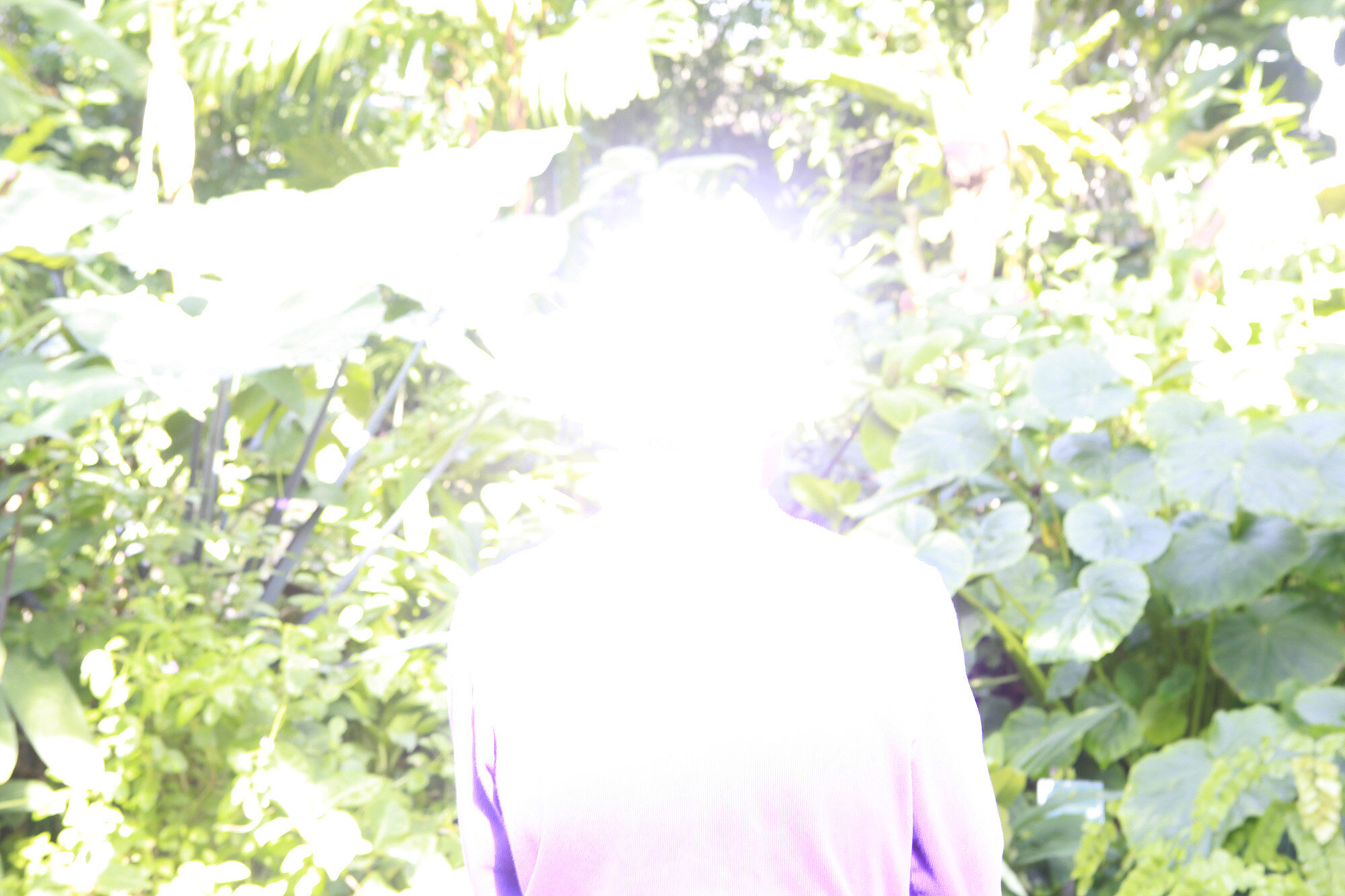KEEPER OF THE HEARTH: Picturing Roland Barthes’ unseen photograph
by Odette England
Foreword by Charlotte Cotton, with essays by Douglas Nickel, Andrea V. Rosenthal, Lucy Gallun and Phillip Prodger
Schilt Publishing, 2020
Review by Bree Lamb
Issue 133
In Keeper of the Hearth, artist, writer and curator, Odette England brings to life a collective response to Roland Barthes’ cherished photograph of his mother as a child, commonly referred to as the “Winter Garden photograph.” While Barthes never shared the image, he roused its embodiment of power and mythos through his detailed synopsis in Camera Lucida. In her conceptual undertaking, and surely with the collaboration of many, England presents the viewer with a meeting of the minds that tackles the very punctum which Barthes so greatly valued in photography. The book was published in February by Schilt Publishing in celebration of Camera Lucida’s 40th anniversary, and it’s clear that Barthes’ acclaimed text continues to excite the imagination of contemporary image-makers, as evidenced by the richness and variety of returns to England’s call. England’s brilliantly curated collection boasts images and text from over 200 prominent photographers, a foreword by Charlotte Cotton, and essays by Douglas Nickel, Andrea Rosenthal, Lucy Gallun and Phillip Prodger. Each visual and written contribution springs from an independent reflection or contemporary interpretation of the “Winter Garden photograph,” and a common inquiry, however abstract, into the fundamental nature and position of the photographic image.
The book manifests a cohesive contemplative tone, despite the varied aesthetics and ideas presented. Much is owed, of course, to Barthes for the intensity and mystery surrounding “Winter Garden photograph,” to each participant for her/his/their honest take on the prompt, and to England for her initial impetus and thoughtful edit; a task whose difficulty lacks tangible evidence in light of the book’s success. A dynamic rhythm is created by the content, edit, and stunning design, with seamless integration of image, text and essay. The book moves equally well backwards as it does forwards; there are opportunities for long pauses, quick transitions, and rewinds.
It’s worth noting the significance of Odette England’s artistic contributions to the field of photography, as her interests in personal photographic history and reimagined landscapes and spaces connect well with her work as a curator. I have admired Odette England’s personal work since 2012 when I was introduced to it by my professor Meggan Gould at the University of New Mexico. Meg thought that I would connect with England’s interpretations of snapshot images, novel approaches to material, and various treatments of form. She was right. I had the pleasure to briefly meet Odette at SPE this year and she brimmed with life and energy. It’s easy to see why so many artists, including Meg herself, were happy to share their work for this lovely project. It’s a beautiful book with something for the photo lover and philosopher in each of us.
KELLI CONNELL, Apparition, 2013, Archival Pigment Print, Credit line: Kelli Connell
ROSALIND FOX SOLOMON, Remembrance. Salvador Bahia. Brazil, 1980, Gelatin Silver Print, Credit line: Rosalind Fox Solomon/Bruce Silverstein Gallery
LORI NIX and KATHLEEN GERBER,Winter Garden, 2017, Archival Pigment Print, Credit line: Lori Nix and Kathleen Gerber/ClampArt Gallery, New York
DRU DONOVAN, Mother's Day, Manzanita Beach, Oregon, 2018, Archival Pigment Print, Credit line: Dru Donovan
ANDY MATTERN, Untitled, Year unknown (found August, 2017), Found damaged snapshot, Credit line: Andy Mattern/Elizabeth Houston Gallery
TERRI WEIFENBACH, Politics of Flowers 121, 2004 / 2017, Archival Inkjet Print, Credit line: Terri Weifenbach/Blitz Gallery, Tokyo
JOHN HOUCK, Estes, 2018, Archival Inkjet Print, Credit line: John Houck








